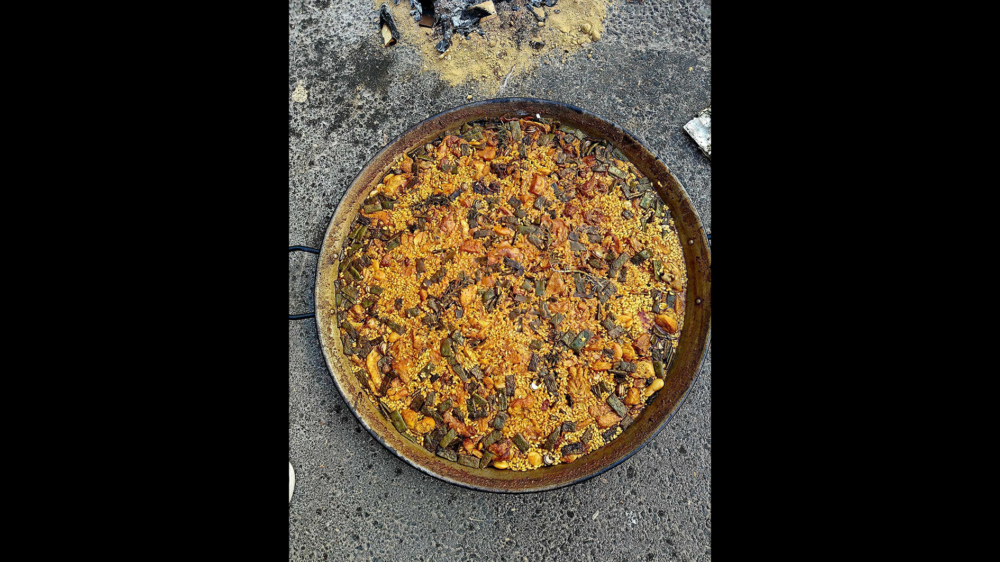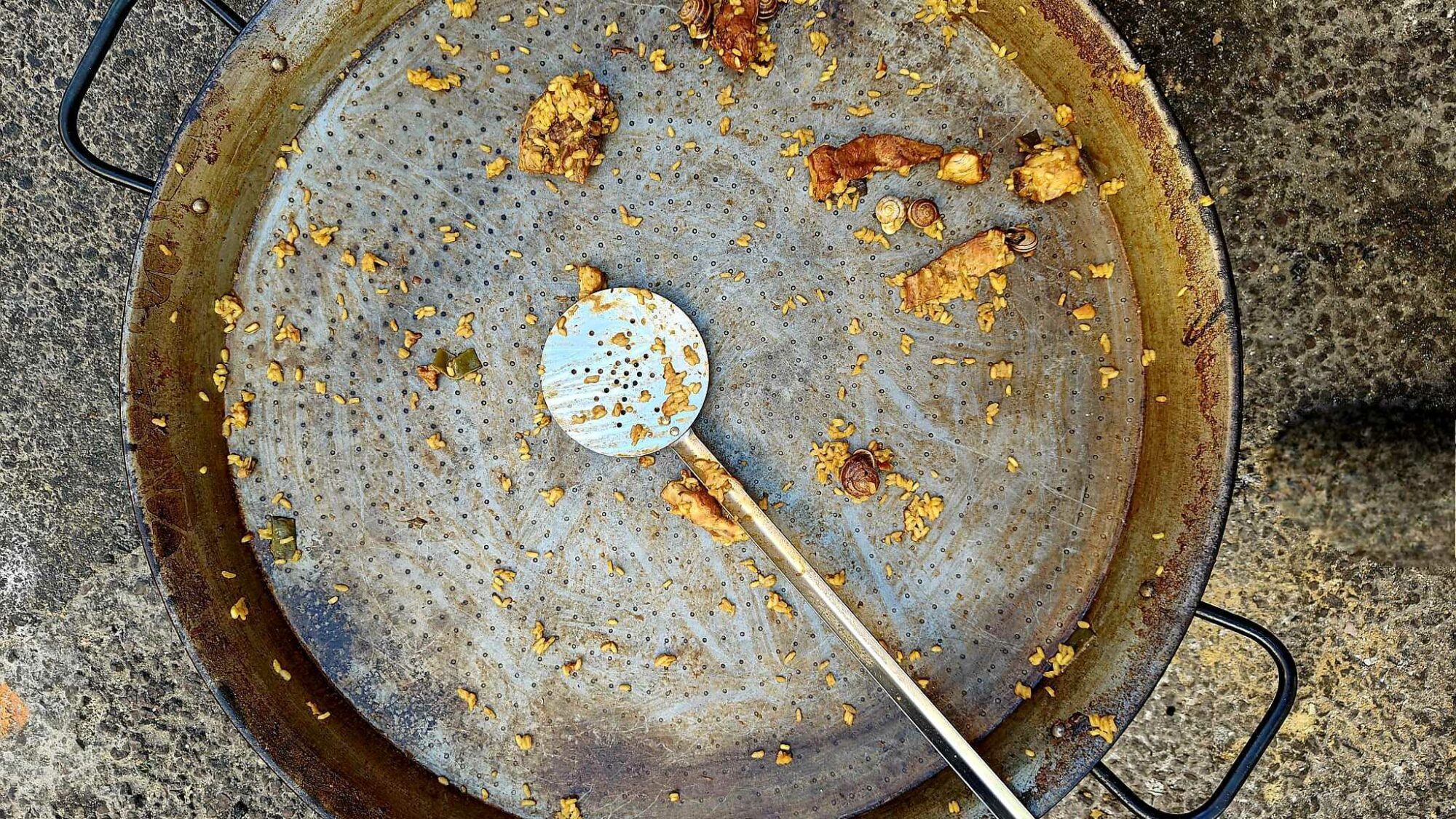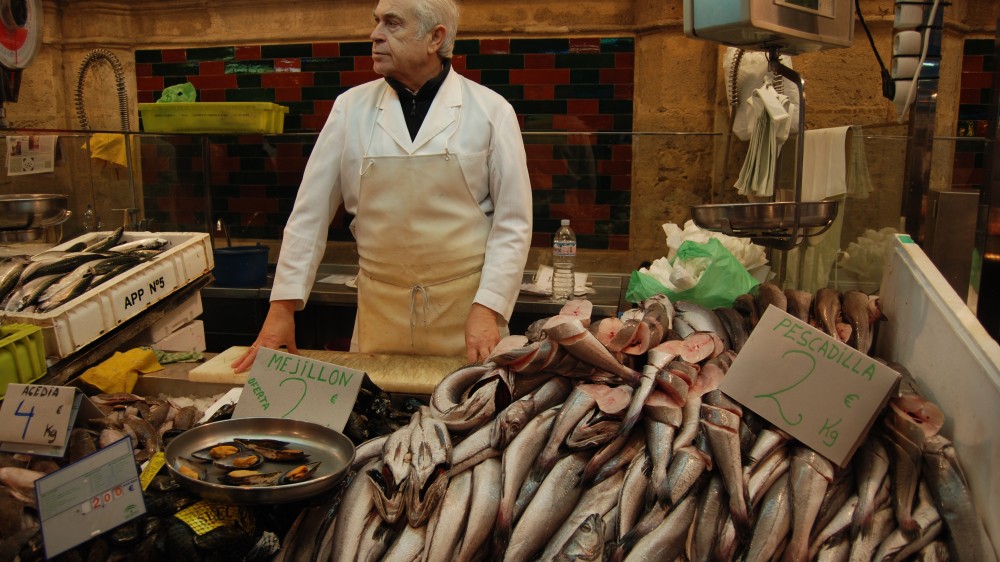The Paella Question
It is no secret that we take food seriously in Spain, so let’s address the Paella question.
Maybe you think of paella simply as a rice dish. It is so much more than that, and is on its way to being recognized as UNESCO Intangible Cultural Heritage (or at least we hope so). Furthermore, for Valencians paella is a symbol, representing unity and quality family time.
Every Spaniard will take their hands to their heads when they see what some have named as “gastronomic terrorism” (yes, we’re that protective of our culinary heritage). We’ve witnessed culinary crimes ranging from the sacrilegious addition of chorizo, to the combination of prawns and sausages. And let’s not even mention the fruit paella fiasco featuring kiwi, banana, and berries. ¡Por favor!
While many chefs (you know who you are) and restaurants worldwide proudly present their version of paella on their menus, there is one, and only one simple recipe for paella and it is originally from Valencia. And surprise, surprise- it does not involve any seafood.
Its origins are in the countryside, where farmworkers combined whatever was around them, put it in a round pan, and cooked it in a fire made with Naranjo tree wood in the middle of the fields they were working on.
I have asked several Valencian chefs for total accuracy, and the list of ingredients is short and simple, those being the fresh ingredients these farmworkers had to hand:
- Rice: Specifically, the “bomba” variety
- Water and Salt
- Extra Virgin Olive Oil
- Sweet Paprika (Spanish Pimentón)
- Saffron (Spanish Azafrán)
- Crushed Tomato
- Chicken
- Rabbit
- Garrofon (Butter Beans)
- Green Beans (the flat ones)
- Optional: Snails
Anything deviating from this ingredients list simply isn’t paella. The most die-hard traditionalists insist that if it’s not prepared with water sourced from Valencia, it is also not a paella. They will carry a heavy “garrafa” (big bottle) of this sacred water wherever they need to whip up a batch.
Lastly, in Spain, we don’t eat paella for dinner. It is a meal we only have for lunch, and especially on Sundays, when the whole familia gets together.
Beyond Paella
But paella is just one jewel in Spain’s crown of rice dishes, with the Mediterranean area of the country boasting a rice culture that runs deep in our culture, history, and gastronomy. As paella gained popularity beyond the fields, and spread along the Mediterranean coasts, new variations of the recipe emerged, replacing chicken for prawns and water for seafood broth, opening up a whole new world of possibilities.
Let us help you with a basic guide to the diverse world of Spanish dishes so you can blend in like a true Spaniard:
–Arroz Negro: Translates to “black rice”. Since the rice is white, how does it get that dark color? While saffron adds that characteristic yellowish color to the paella, the secret of this one is squid ink, making it a unique variation of seafood rice.
–Arroz del Senyoret: Translates to “little lord’s rice”. Another seafood rice with a twist—where all the seafood is peeled or shucked and ready to eat. Legend has it that it was served to the eldest sons of wealthy families in Alicante to spare them from messy hands while eating!
–Arroz de verduras: Translates to “Vegetable rice”. This one is made with seasonal veggies like artichokes and flat green beans. It is, as you might have guessed, a vegetarian-friendly option.
–Arroz al horno: Translates to “Oven rice”. It was born from leftover “cocido” (traditional stew). It blends diverse ingredients like chickpeas and morcilla, creating a very fulfilling and comforting dish. It is prepared in the oven in a special clay pot.
–Arroz Caldoso: Unlike the dry texture of paella, this one is on the opposite end of the spectrum. The name says it all: “arroz caldoso” translates to soupy or brothy rice. This dish is also typically made with fresh seafood.
Vocabulary:
- Arroz: Rice
- Azafrán: Saffron- one the most expensive spice in the world
- Socarrat: the crispy, golden caramelized base that marks a perfectly made paella
- Paella pan: round carbon steel flat pan (the size will depend on how many portions you’ll prepare)
- Fumet: Seafood broth used to prepare arroz negro, del señoret and other seafood kinds of rice
- Aioli: Sauce made from olive oil that has been emulsified into mashed garlic —no mayonnaise!
Buen provecho!




